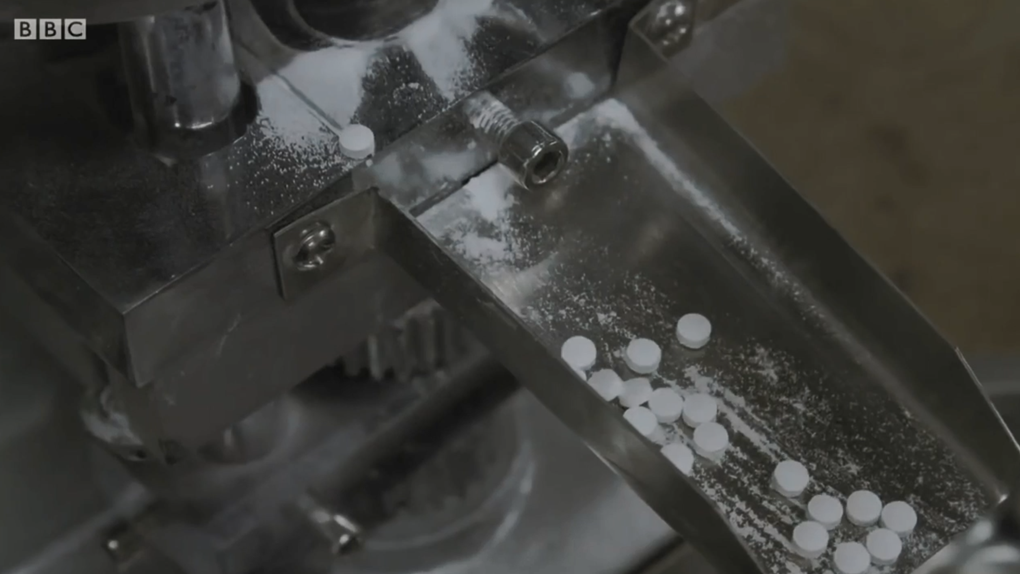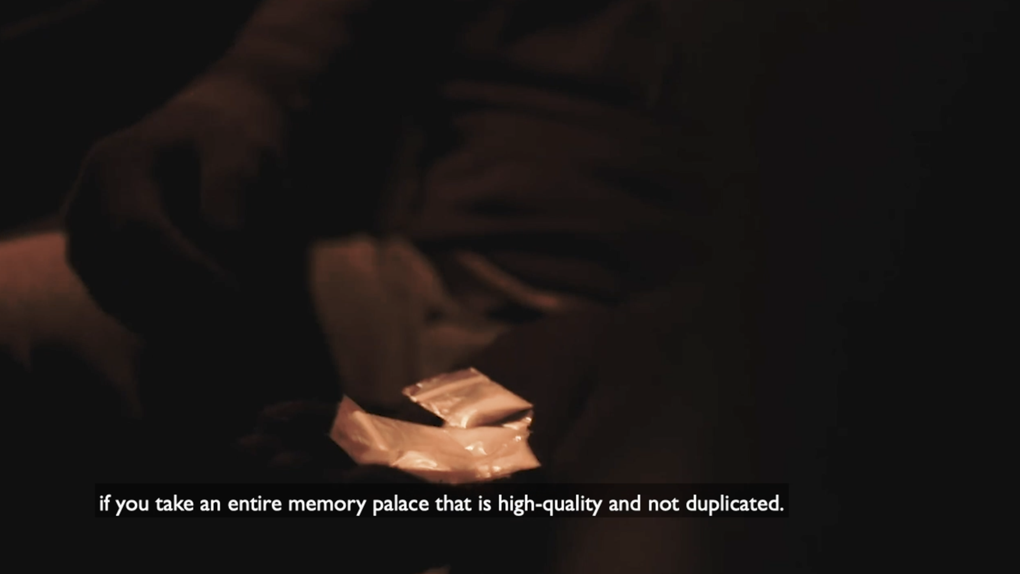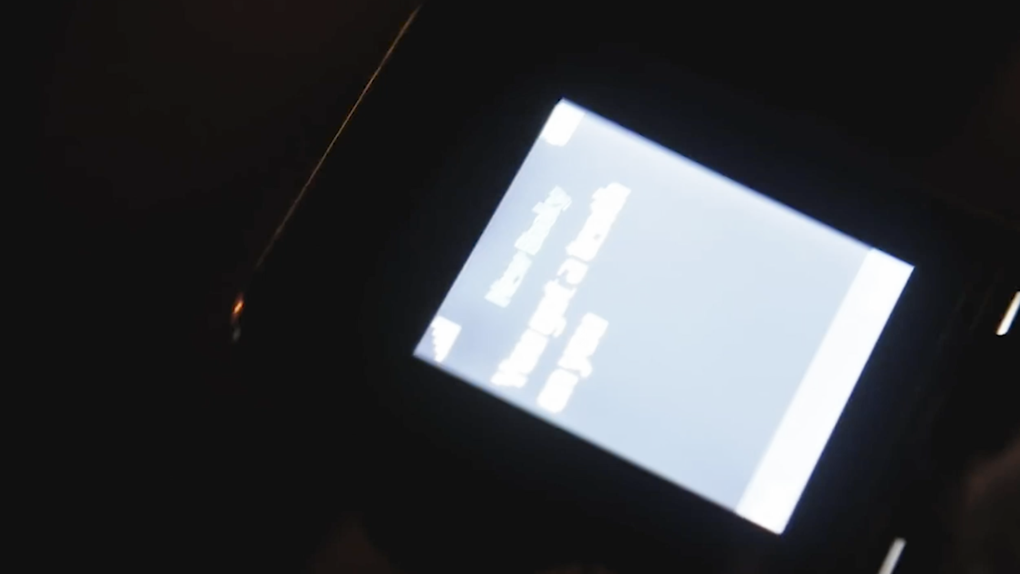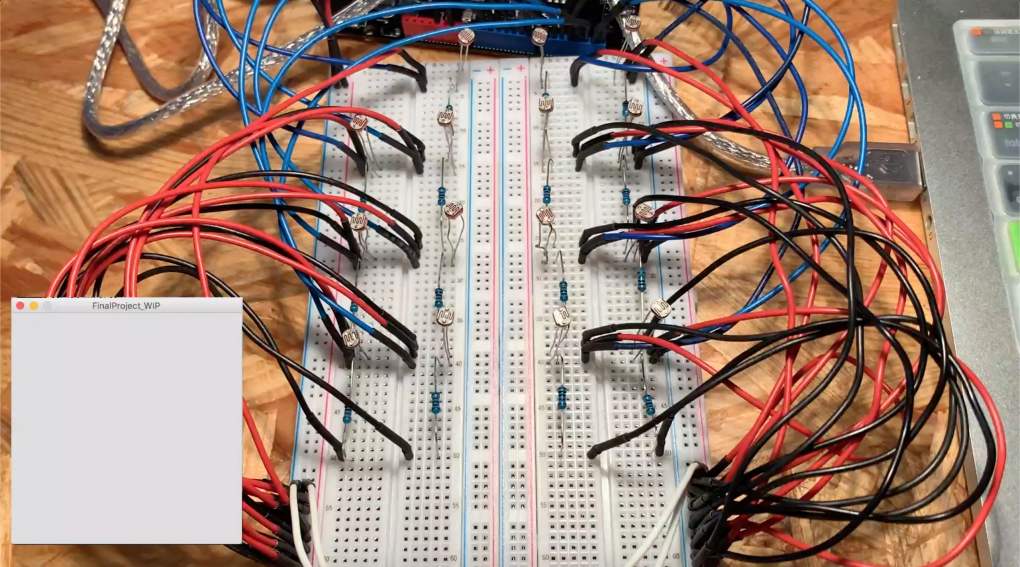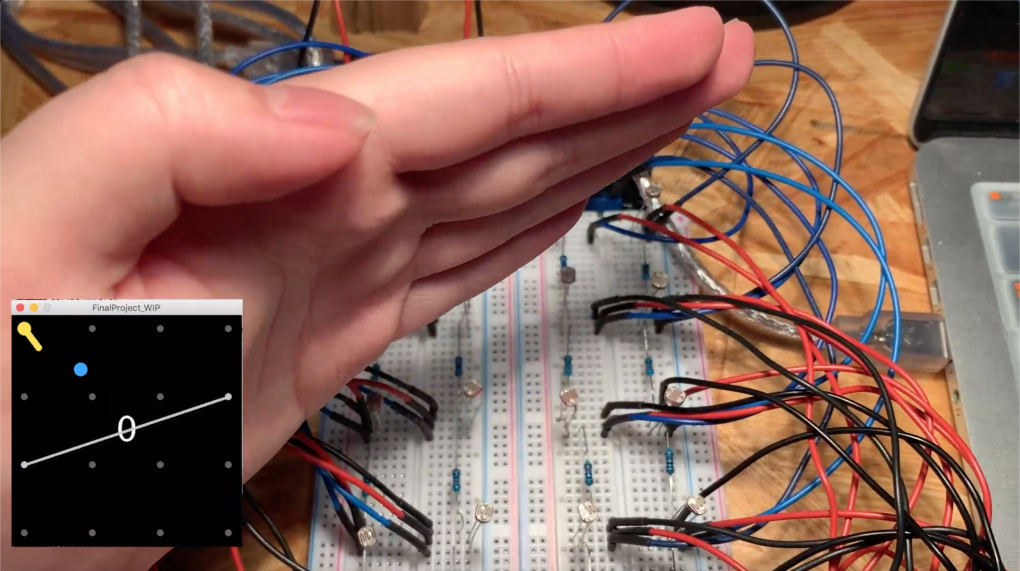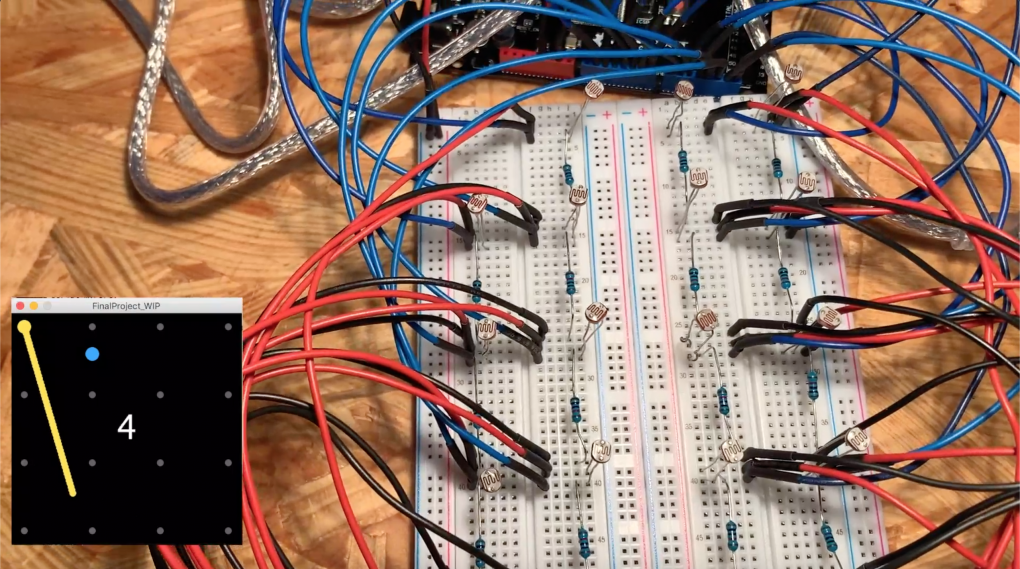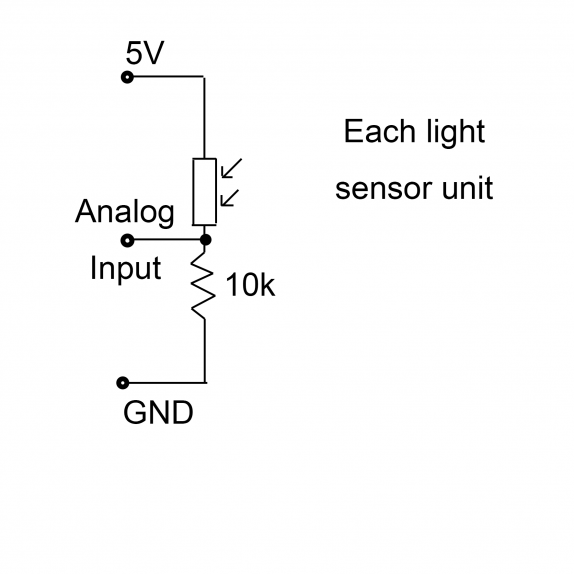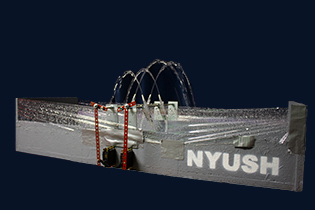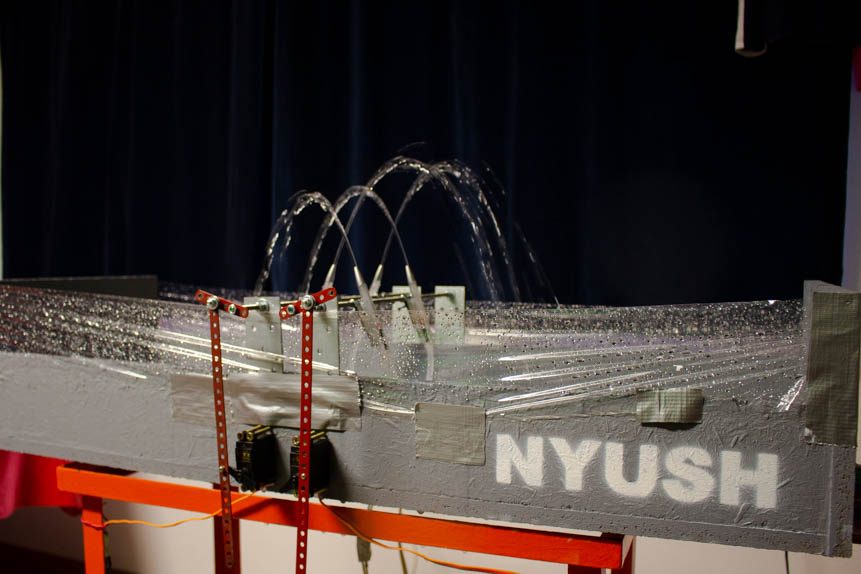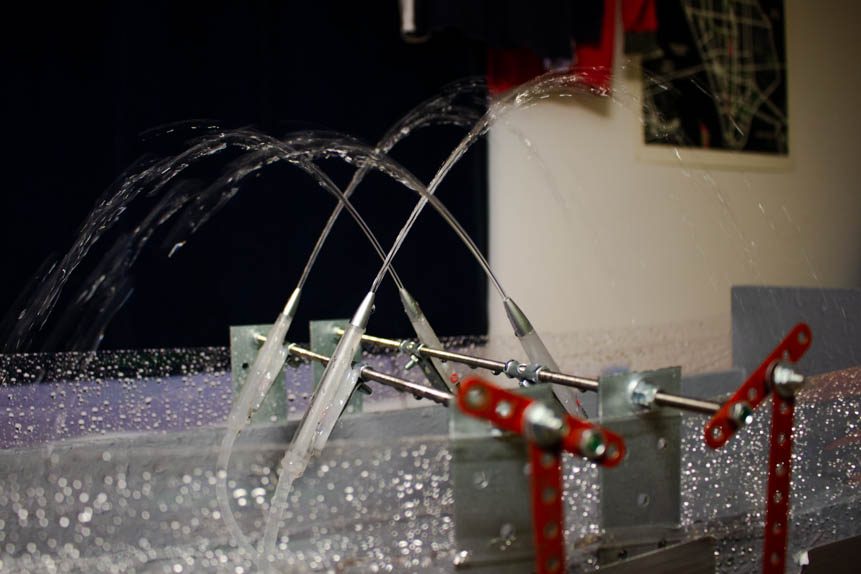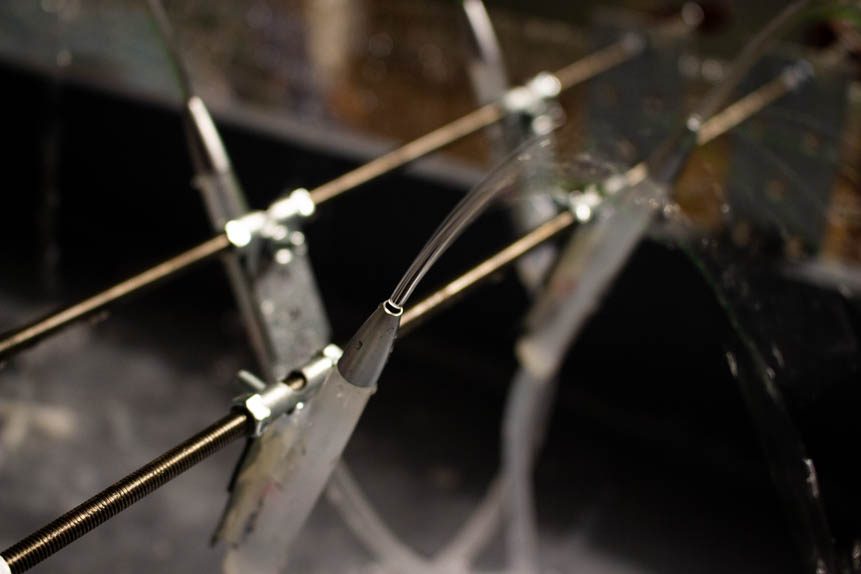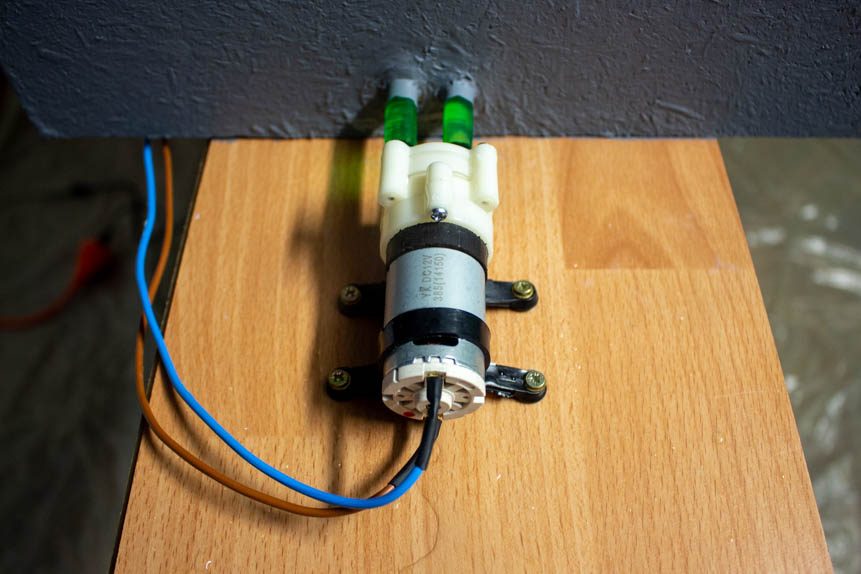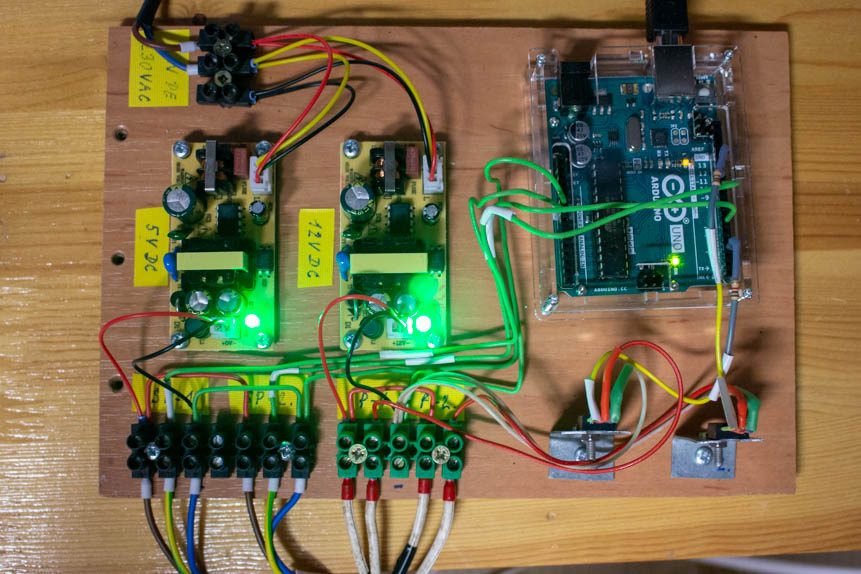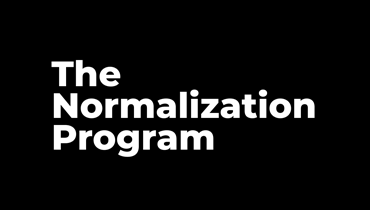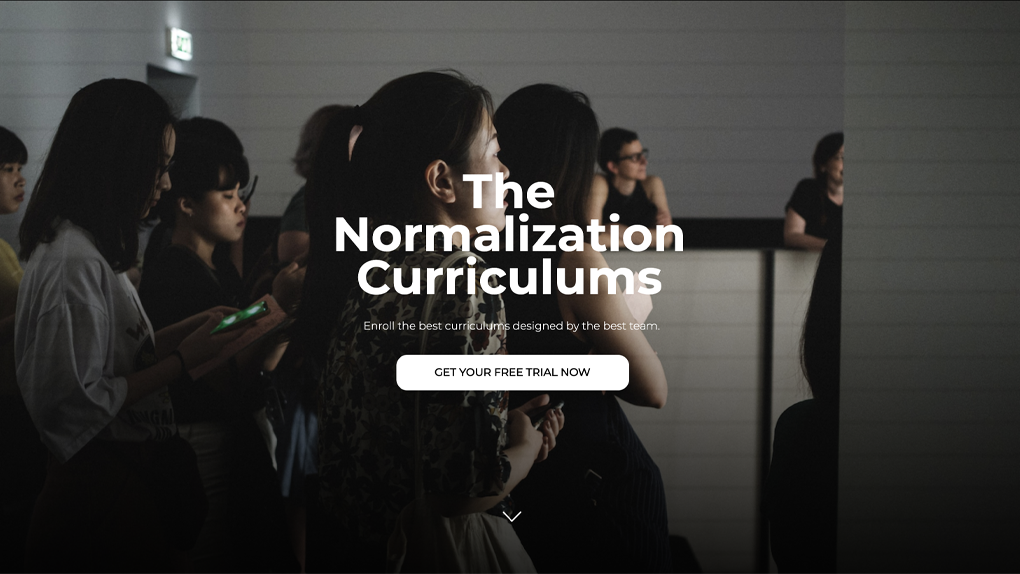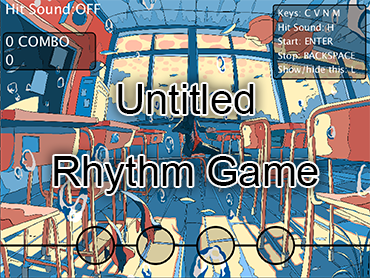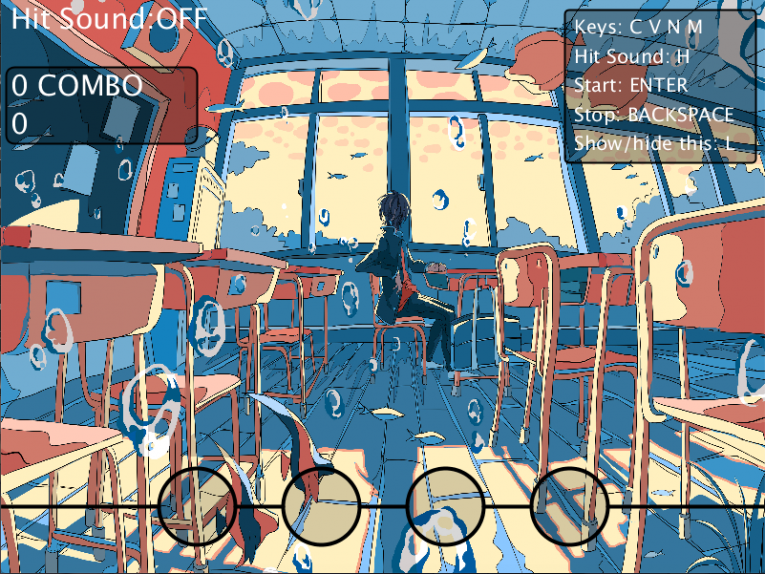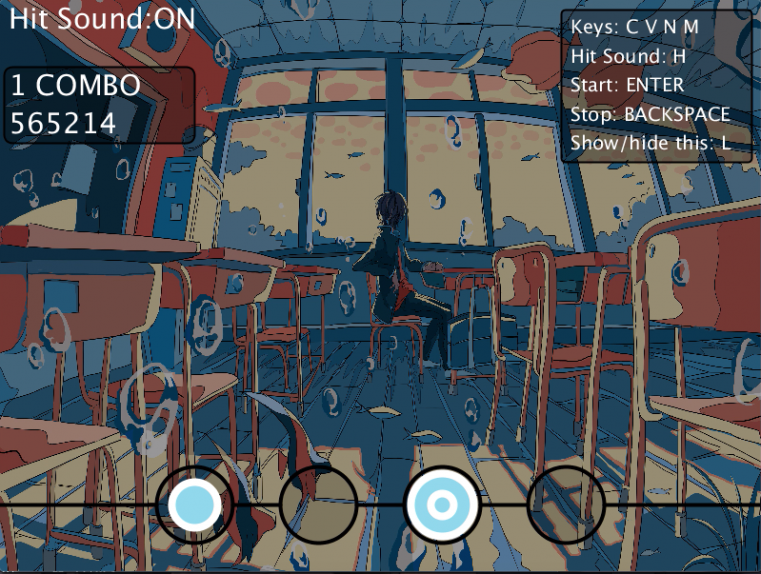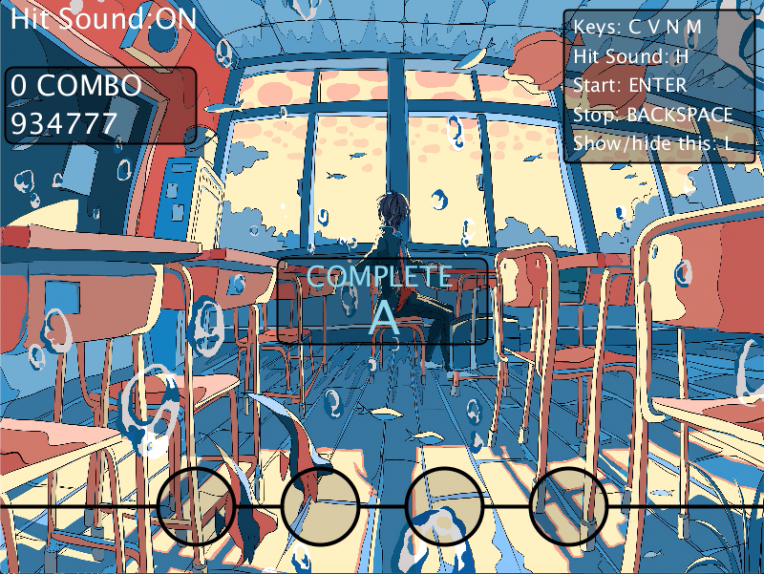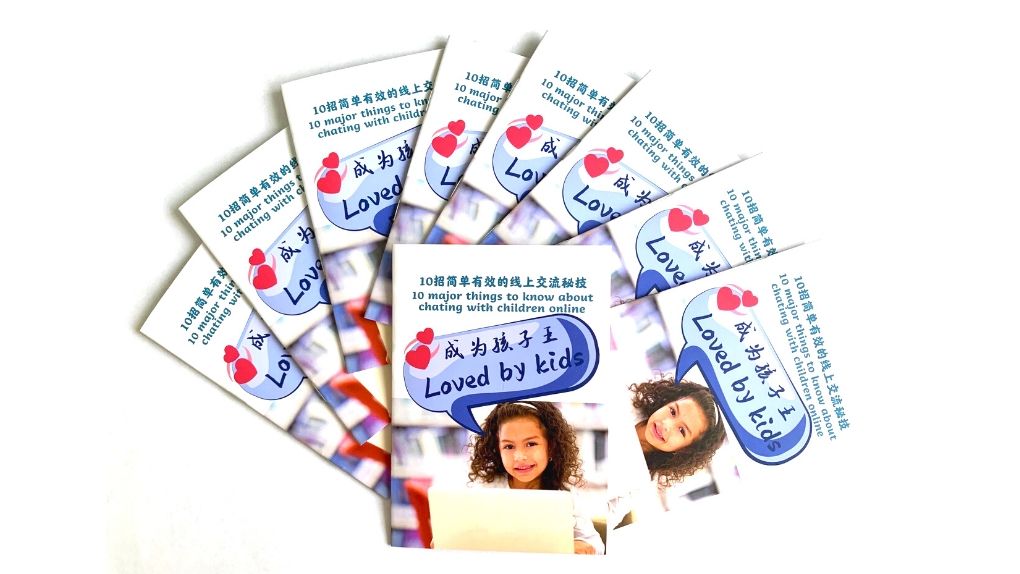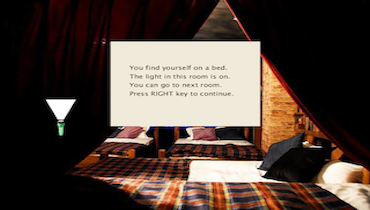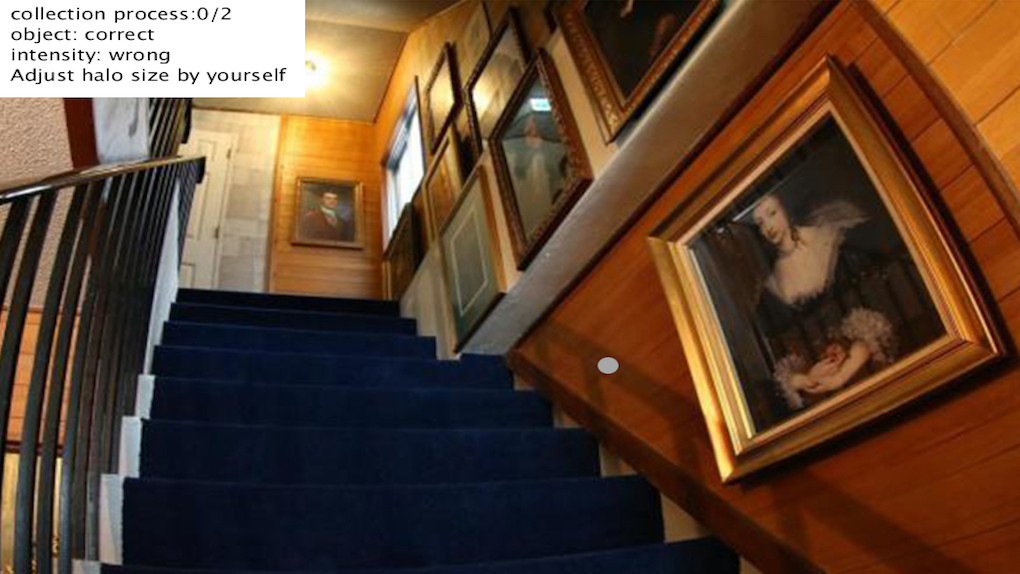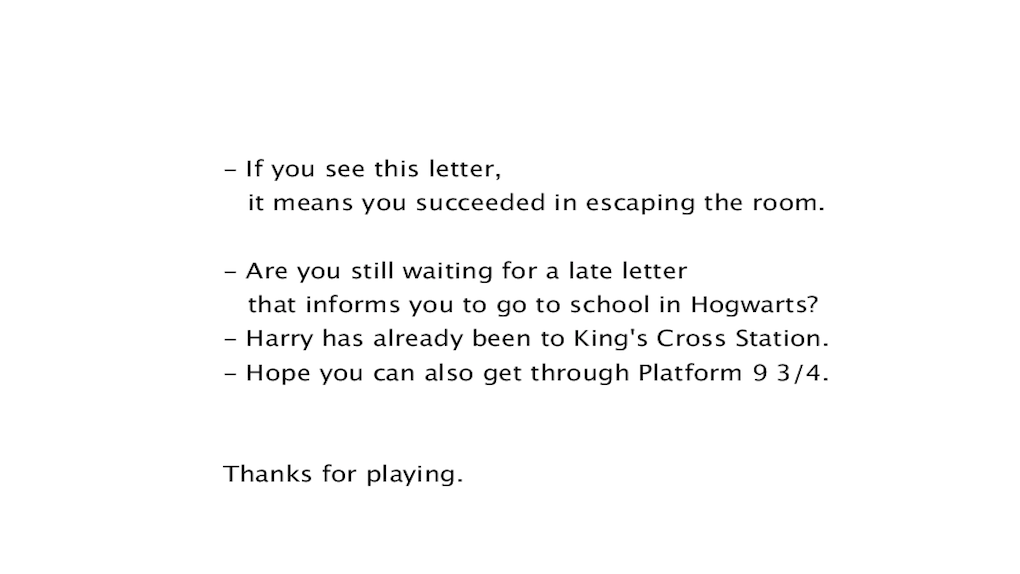a parafictional documentary that discusses unsupervised black-market and drug use.
Zehua Wang
Description
Memory Trading in the Grey Area of Law is a parafictional documentary that discusses the illegal memory-trading black markets in the imaginary city, Zora, which is described in Invisible Cities by Italo Calvino. By discussing the issues of manufacturing, selling, purchasing, and taking other's memories as if they truly existed, the project leaves space for the audience to respond to the absurdity of the problems the documentary discusses, and further critically inquire about the real black-market trading and the illegal drug use in real life.
The documentary uses found footage of other non-fictional videos, such as documentaries, news, and interviews, as well as the voiceover written by the artist. By publishing the documentary in a simulated official BBC Documentary YouTube channel, Memory Trading in the Grey Area of Law brings the audience into this parafictional viewing experience.


